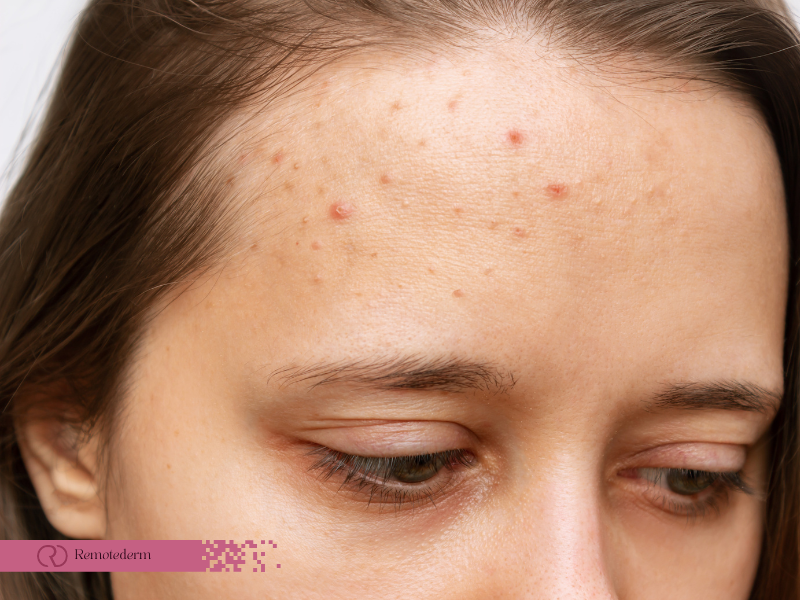Acne and pimples are often used interchangeably, but understanding the true differences between these two conditions can help you effectively address your skin concerns. Acne is a common skin condition characterized by various lesions, while pimples are a specific type of acne lesion. In this article, we will delve into the specifics of acne and pimples, exploring their causes, treatments, and the key distinctions between them. Whether you’re seeking clearer skin or looking to prevent future breakouts, read on to discover valuable insights and expert advice that can transform your skincare routine.
Understanding Acne
Acne is a common skin disorder caused by clogged hair follicles with oil, dead skin cells, and germs. It typically manifests as a variety of lesions, including whiteheads, blackheads, pimples, and cysts. Acne most commonly affects the face, but it can also appear on the chest, back, shoulders, and other areas of the body.
Causes of Acne
Acne can be caused by several factors, including:
- Excess Sebum Production: The skin’s sebaceous glands produce an oily material known as sebum. When there is an overproduction of sebum, it can clog the hair follicles, leading to acne breakouts.
- Dead Skin Cells: Dead skin cells are naturally lost by the skin. However, when these cells do not shed properly, they can mix with sebum and form a plug, blocking the follicles.
- Bacterial Infection: The bacterium Propionibacterium acnes (P. acnes) is commonly found on the skin. When the hair follicles become clogged, P. acnes has the ability to reproduce, causing irritation and the creation of acne lesions.
- Hormonal Changes: Hormonal fluctuations, such as those during puberty, menstruation, pregnancy, or certain medications, can contribute to acne development.
Types of Acne
Acne can present in various forms, including:
1. Whiteheads
Whiteheads are small, closed comedones that appear as small, flesh-colored bumps on the skin’s surface.
2. Blackheads
Blackheads, also known as open comedones, resemble whiteheads but are darker in color.
3. Papules
Papules are small, red, and raised bumps that occur when the hair follicles become inflamed.
4. Pustules
Pustules are small, red bumps with a white or yellow center filled with pus. They are a result of inflammation and bacterial infection within the hair follicles.
5. Nodules
Nodules are larger, solid, and painful lesions that develop deep within the skin. They are often firm to the touch and can persist for weeks or months.
6. Cysts
Cysts are large, painful, pus-filled lesions that can cause scarring. They are deep within the skin and are the most severe form of acne.
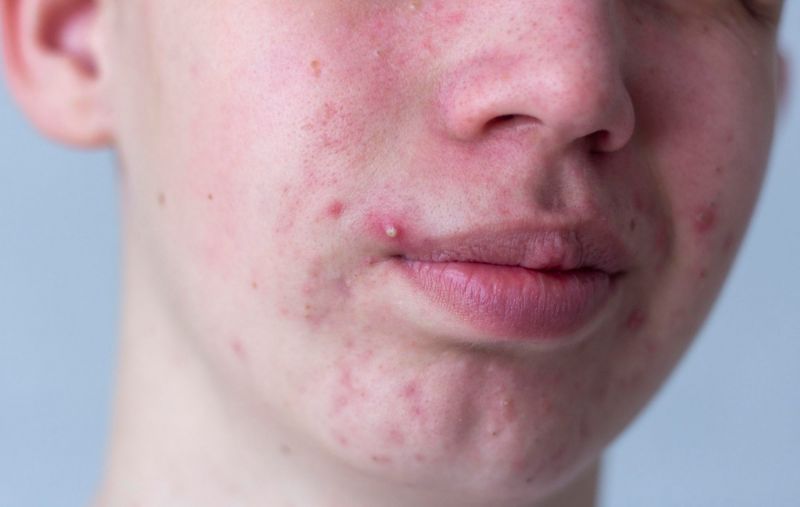
Treating Acne
Acne treatment aims to reduce inflammation, unclog pores, and prevent new breakouts. The treatment approach may vary depending on the severity of the acne and individual factors. Here are some common treatment options for managing acne:
- Topical Medications: Over-the-counter or prescription creams, gels, or lotions containing ingredients like benzoyl peroxide, salicylic acid, or retinoids can help to unclog pores and reduce bacteria.
- Oral Medications: In more severe cases, oral medications like antibiotics, hormonal contraceptives, or isotretinoin may be prescribed to target acne-causing bacteria, regulate hormone levels, or control excessive sebum production.
- Procedures: Dermatologists may perform procedures such as chemical peels, microdermabrasion, or light therapy to improve acne and reduce the appearance of scars.
- Skincare Routine: Establishing a consistent skincare routine that includes gentle cleansing, moisturizing, and the use of non-comedogenic products can help manage acne.
- Lifestyle Changes: Lifestyle factors such as managing stress, avoiding excessive sun exposure, and maintaining a balanced diet can also contribute to acne management.
For individuals seeking guidance and treatment for acne or pimples, Remotederm offers convenient online dermatology consultation services. With Remotederm, you can access professional advice and treatment recommendations from dermatologists, eliminating the need for long waits or in-person visits. Regardless of your location in Canada, Remotederm enables you to receive expert assistance and tailored skincare advice at your convenience.

Unveiling Pimples
Pimples, on the other hand, are a specific type of acne lesion. They are small inflammations or swellings on the skin’s surface that occur when the hair follicles become blocked with oil, bacteria, and dead skin cells. Pimples are characterized by their redness, tenderness, and the presence of pus.
Causes of Pimples
Pimples share similar causes with acne in general. Factors that contribute to pimple formation include:
- Excess Oil Production: The overproduction of oil (sebum) by the sebaceous glands can contribute to the development of pimples.
- Bacterial Infection: When the hair follicles become clogged, bacteria can thrive, leading to inflammation and the formation of pimples.
- Hormonal Changes: Hormonal fluctuations can stimulate the sebaceous glands to produce more oil, increasing the likelihood of pimple formation.
Treating Pimples
Treating pimples is similar to treating acne. Some effective treatments for pimples include:
- Topical Spot Treatments: Applying spot treatments with ingredients like benzoyl peroxide or salicylic acid directly to pimples can help reduce inflammation and promote healing.
- Warm Compress: Applying a warm compress to the affected area can help reduce swelling and promote the drainage of pus from the pimple.
- Avoid Picking: It’s important to resist the temptation to squeeze or pick at pimples, as this can lead to further inflammation, scarring, or the spread of bacteria.
- Keep the Area Clean: Gently cleanse the affected area with a mild cleanser and avoid using harsh products that can irritate the skin.
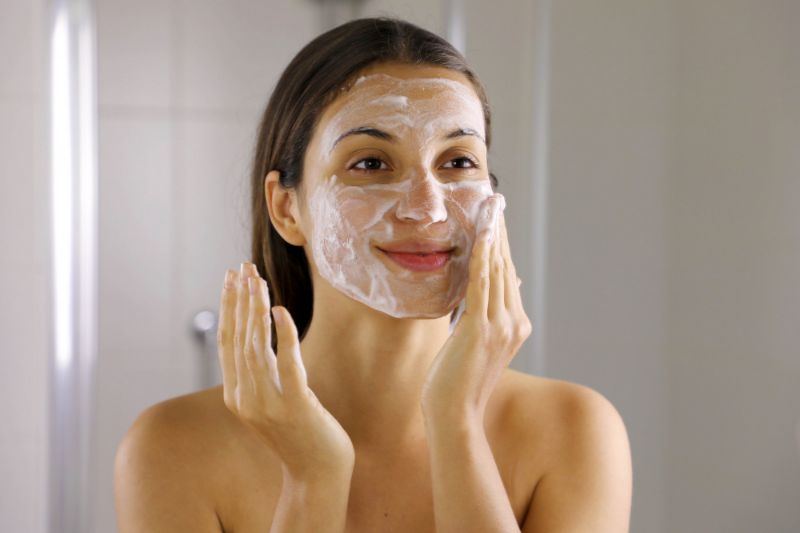
How do Pimples Differ from Acne?
Acne and pimples are often used interchangeably, but it’s important to understand the specific differences between these two terms. While both are related to common skin conditions, they have distinct characteristics that set them apart. Let’s delve into the key differences between acne and pimples:
Size and Appearance
One of the primary differences between acne and pimples lies in their size and appearance. Acne is a broader term that encompasses a variety of skin lesions, including whiteheads, blackheads, papules, pustules, nodules, and cysts. These lesions can vary significantly in size, ranging from small comedones to larger, more severe nodules or cysts. Acne lesions can also present in different forms, such as raised bumps, redness, or even deep, painful lumps under the skin.
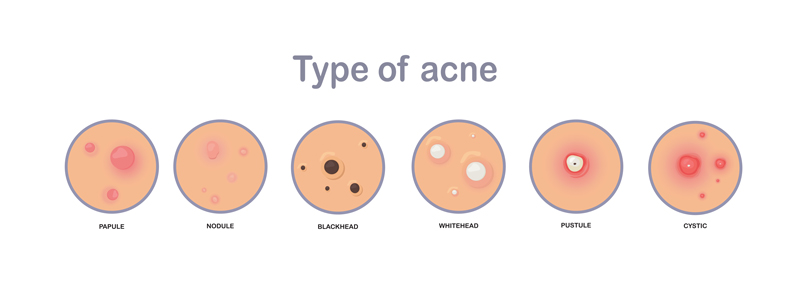
In contrast, pimples are a distinctive form of skin lesion associated with acne. Pimples are generally smaller in size compared to cystic acne formations. They are characterized by their distinct appearance—a raised bump with visible redness and a white or yellow center filled with pus. The pus is a result of inflammation and bacterial infection within the blocked hair follicle.
Severity and Localization
Acne can manifest in various degrees of severity, ranging from mild to moderate or severe. Severe acne may involve deep, painful nodules and cysts that can leave lasting scars. It can affect not only the face but also the chest, back, shoulders, and other areas of the body. Acne can be persistent and challenging to treat, requiring a comprehensive approach to skincare and sometimes medical intervention.
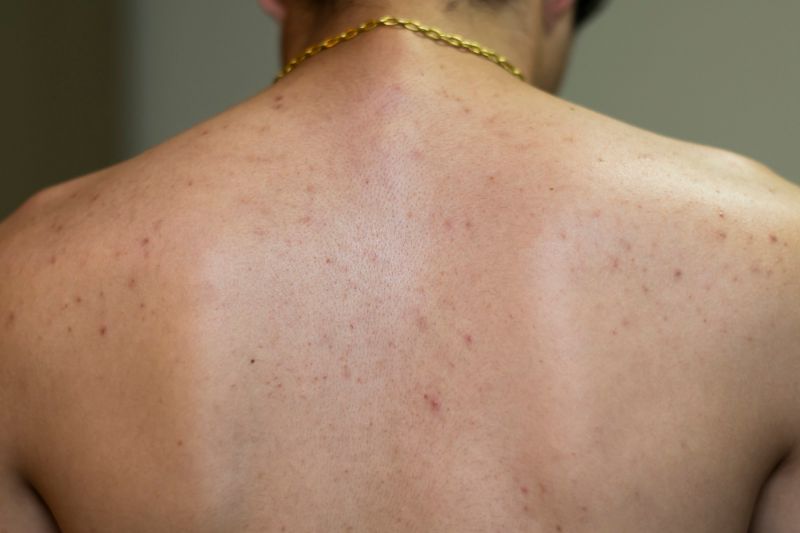
Pimples, on the other hand, are typically less severe compared to other forms of acne. They are localized inflammations that occur on the skin’s surface. Pimples tend to be more superficial and heal relatively quickly compared to deeper acne lesions. While they can still be bothersome and cause discomfort, pimples generally don’t leave extensive scarring or long-lasting marks.
Healing Time
Another significant difference between acne and pimples lies in their healing time. Due to the severity and nature of various acne lesions, the healing process can vary. Nodules and cysts, being deeper and more inflamed, take longer to heal and may leave scars or pigmentation behind. Treating severe acne requires a consistent and patient approach, often involving professional intervention.
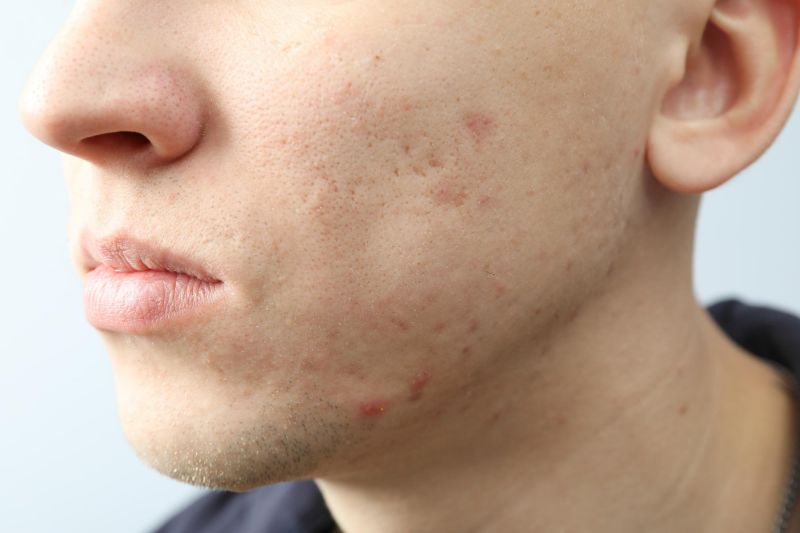
In contrast, pimples, being smaller and more superficial, tend to heal relatively faster. With proper care and suitable treatment, such as spot treatments or warm compresses, the inflammation and pus in pimples can be reduced, allowing them to heal within a few days or a week. Pimples are often considered more transient and less likely to cause long-term skin damage.
Targeted Treatment
While acne, in general, may require a comprehensive treatment plan, targeting specific lesions is crucial. Different acne lesions may require different treatment approaches. For instance, cystic acne may necessitate oral medications or stronger topical treatments, while blackheads may benefit from gentle exfoliation and pore cleansing.
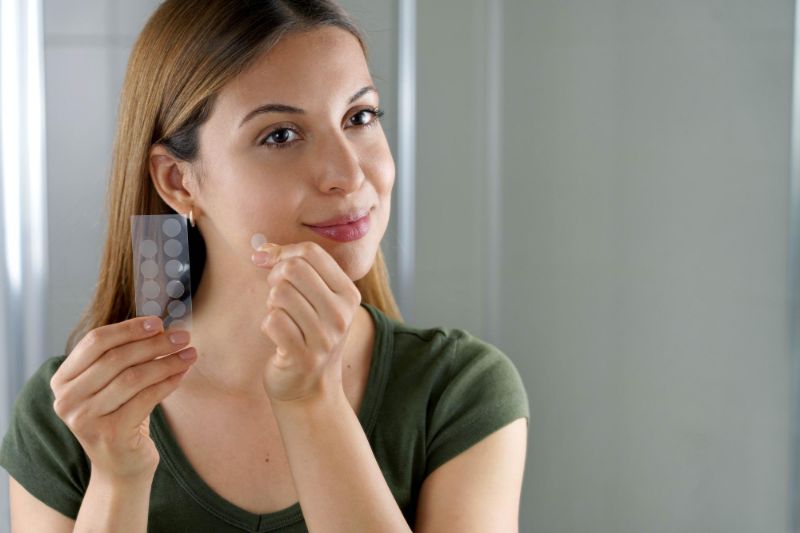
Pimples, as a specific type of acne lesion, can be targeted with spot treatments. These localized treatments, such as creams or gels containing ingredients like benzoyl peroxide or salicylic acid, are applied directly to the pimples to reduce inflammation and promote healing. Targeted treatments are often more focused and efficient in addressing the specific characteristics of pimples.
Conclusion
In conclusion, understanding the differences between acne and pimples is crucial for effective skin care and treatment. Acne is a broader term encompassing various types of skin lesions, while pimples are a specific type of acne lesion. Acne can range in severity and affect different areas of the body, often requiring comprehensive and sometimes medical intervention. Pimples, on the other hand, are generally smaller, more superficial inflammations that heal relatively faster and are less likely to cause long-term scarring.
By recognizing the unique characteristics and distinctions between acne and pimples, you can better tailor your skincare routine and treatment choices. Whether you’re dealing with widespread acne or occasional pimples, understanding these differences empowers you to make informed decisions and achieve healthier, clearer skin. Remember, effective skincare involves not only addressing the current condition but also adopting a preventive approach to maintain long-term skin health.
FAQs
- How should I treat different types of acne lesions?
Different acne lesions may require different treatment approaches, such as oral medications for cystic acne and gentle exfoliation for blackheads.
- Can I use spot treatments for pimples?
Yes, spot treatments with ingredients like benzoyl peroxide or salicylic acid can be applied directly to pimples to reduce inflammation and promote healing..
- Can exposure to the sun improve acne?
While sunlight can temporarily improve acne due to its drying and anti-inflammatory effects, prolonged sun exposure can have negative consequences and should be avoided. Protecting the skin is crucial, and sunscreen plays a vital role in achieving that.
- Are there any natural remedies for acne and pimples?
Some natural remedies like tea tree oil, aloe vera, and green tea extract may have potential benefits for acne, but their effectiveness varies from person to person.
- Can acne and pimples occur in adults?
Yes, acne and pimples can occur in adults. Adult acne is more common in women and can be influenced by hormonal changes.
- Can acne and pimples be completely cured?
While acne and pimples can be effectively managed and treated, it’s important to note that individual responses to treatment may vary, and complete eradication may not be possible for everyone.
